Your car seems to be running roughly and losing power. After a troubled start, you hear the engine misfiring while idling. You suspect it's the oxygen sensor and wonder how long it will take to replace it. We've researched this question and have an answer to share with you!
An O2 sensor replacement will typically take a skilled mechanic about 30 minutes per sensor. The actual time it might take will vary, as some vehicles may have four O2 sensors. Depending on what kind of vehicle you have, replacement could take one to two hours.
This post will fill you in on why cars have O2 sensors and what to do when they need to be replaced, so keep on reading!
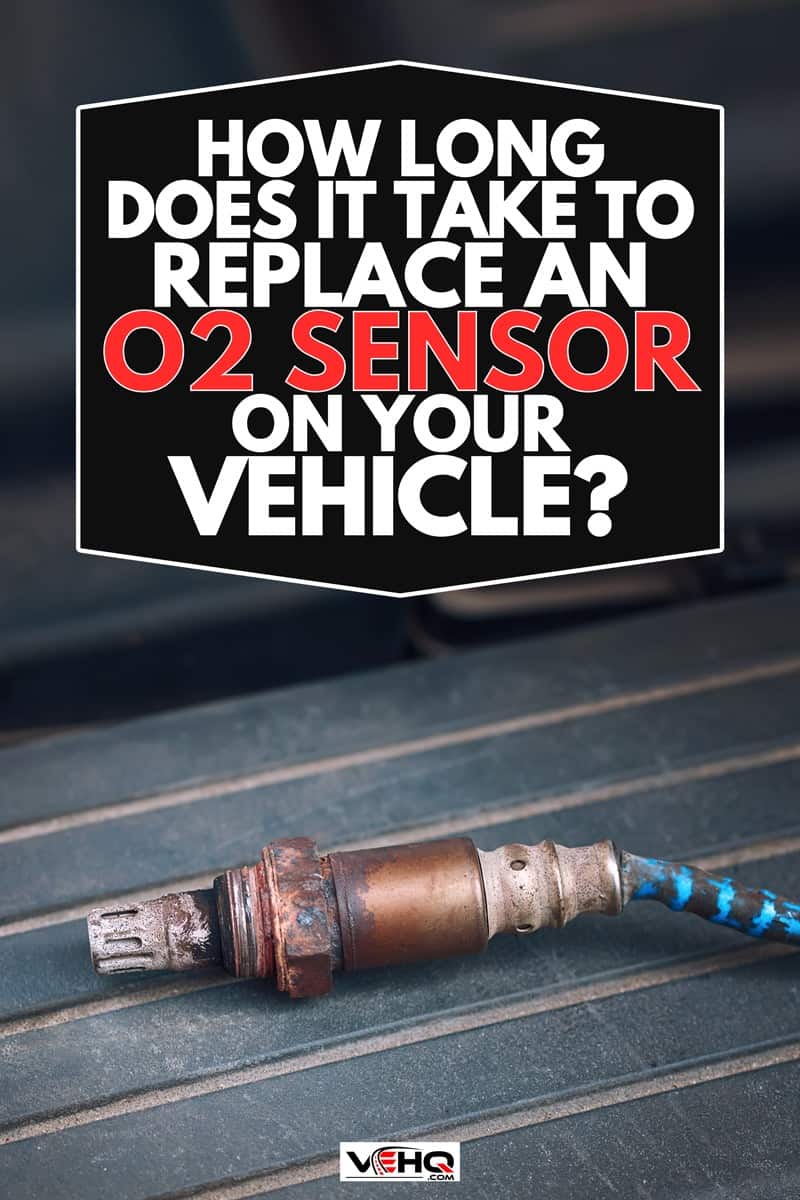
How Long Does It Take To Replace An O2 Sensor?
The type of engine that your car has affects the time it takes to replace an O2 sensor. To illustrate, let's use a Honda Accord Sedan.
You can buy this car with either an inline four-cylinder engine or a V6 engine. It's the same make and model, but the former will have just two O2 sensors while the latter will have four. The reason is because a V6 engine is essentially two individual engines fused together and designed to work as one.
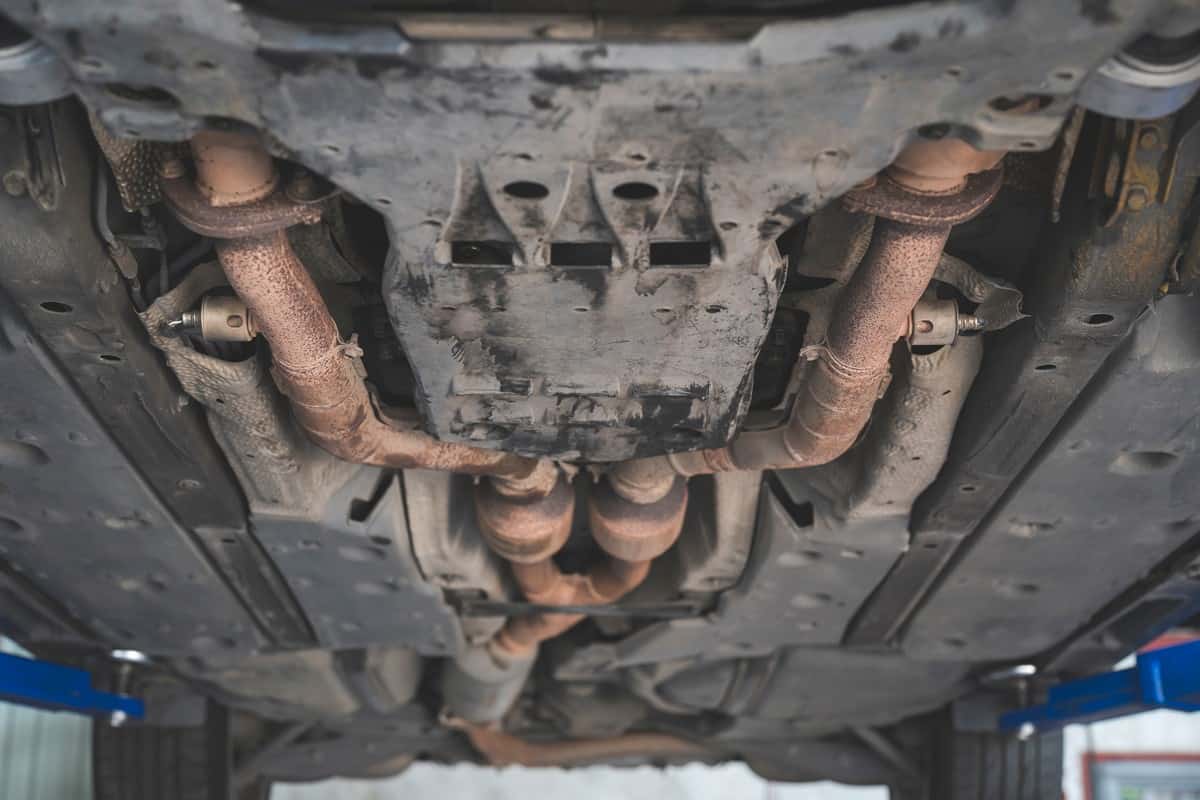
An inline four-cylinder engine has two O2 sensors: one before the catalytic converter (upstream or the one connected to the engine) and one after the catalytic converter (downstream or located in the exhaust pipe).
A V6 engine will have two of each. It is not necessary to replace the upstream and downstream sensors at the same time.
But on a V6, it is best practice to replace O2 sensors in pairs. For example, if you replace a faulty upstream right sensor, you should also replace the upstream left sensor, even if the upstream left sensor is fine.
Thus, if a mechanic is working on an inline four-cylinder engine, the actual work of replacing a single sensor could take as little as a half hour. However, because of safety work rules, it will likely take at least one hour or up to two at most if the mechanic has to work on a V6 engine.
How To Replace An Oxygen Sensor
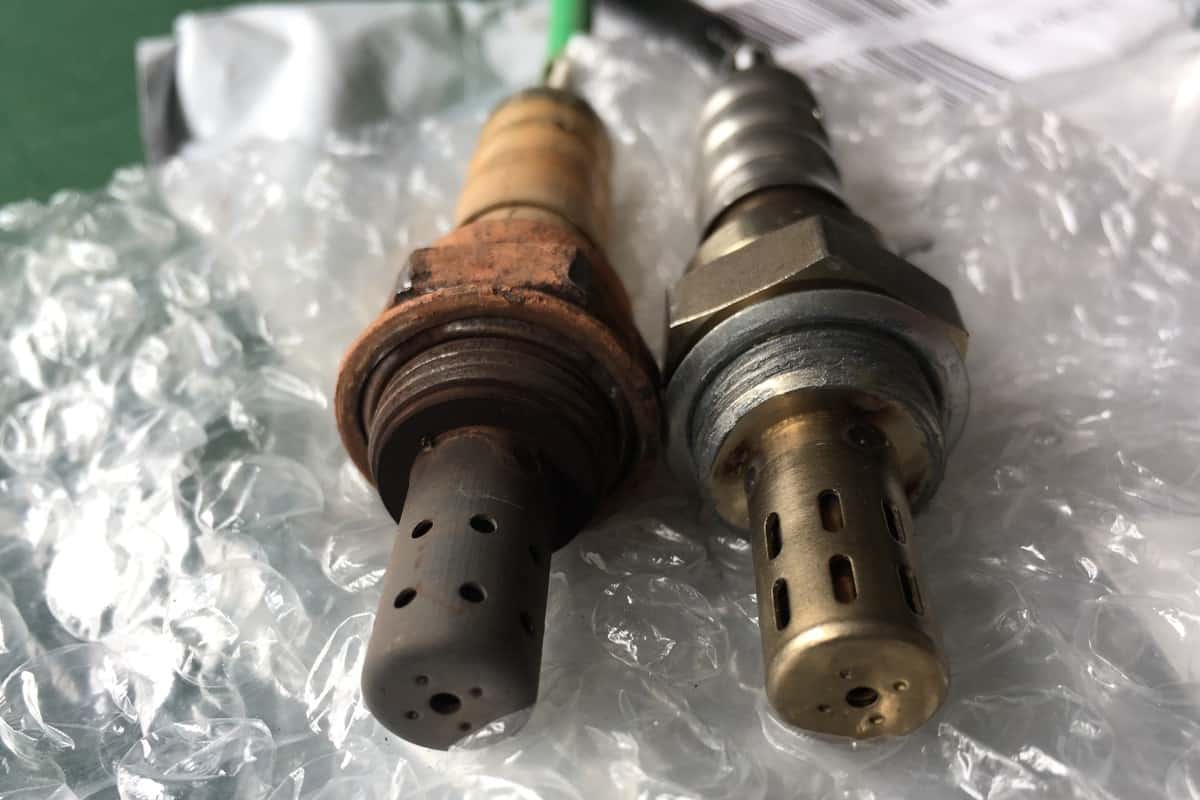
Step One
Your mechanic will plug an OBD scanner into the OBD port in your car to determine and confirm why the check engine light came on. Your car's computer or ECM will indicate through an error code on the OBD tool exactly which O2 sensor failed and its location.
Step Two
The mechanic will disconnect the battery and—if it's a downstream O2 sensor failure—elevate the vehicle, so it's easier to work on. Your mechanic will gather the tools and parts needed while waiting for the engine to cool.
Because of the electrical wires sticking out of an O2 sensor, conventional wrenches won't work. They can't grip it. The mechanic will probably use a crow's foot wrench set and a flexible head ratchet to loosen the sensor.
Check out this Crow's Foot Wrench Set on Amazon.
Step Three
The mechanic will locate where the O2 sensor is and remove the electrical connection. Often, because of age, corrosion, or over-tightening, sensors can become seized in place and thus difficult to remove.
Your mechanic will use combinations of penetrating oil and/or applying heat to the base and threads to loosen it, enabling removal.
Step Four
The mechanic will now install the new oxygen sensor, likely using an OEM replacement sensor. Cheaper aftermarket brands might not work well with your ECM computer.
Once the new sensor is tightened into place, then connected to the electrics, the mechanic will start the car. All the symptoms of an engine misfiring and losing power should now have gone away. The check engine light should eventually go off.
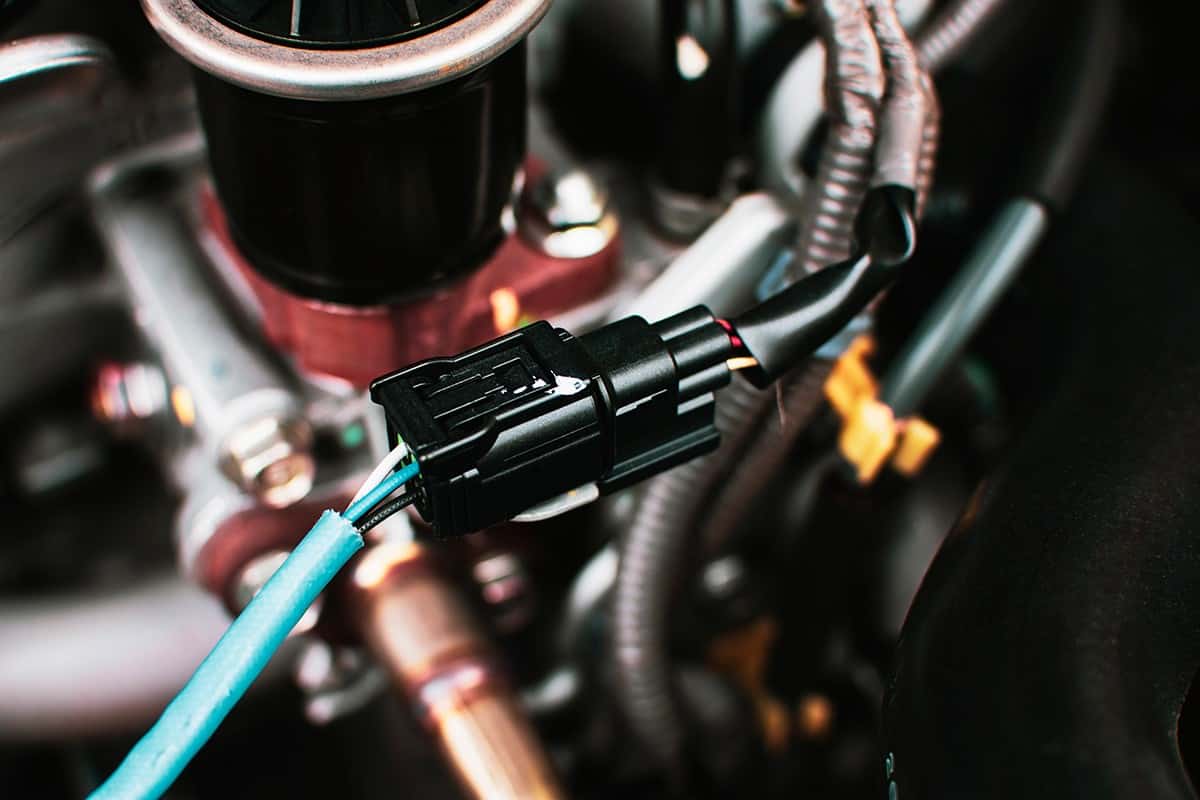
Step Five
Your mechanic will allow the car to idle for a few minutes just to make sure the engine runs smoothly and the check engine light turns off.
Why Do Cars Have Oxygen Sensors?
Developed in the late 1960s, O2 sensors made modern electronic fuel injection and emission control possible. Oxygen sensors help determine instantaneously if the air-fuel ratio is rich or lean.
The perfect ratio of fuel to air is 14:1, or 14 parts gasoline to 1 part oxygen. An O2 sensor, with the help of the ECM, makes sure there is always this perfect ratio of fuel to air.
O2 sensors act like the eyes of an ECM, telling it exactly how much fuel to inject to ensure maximum combustion. When carburetors ruled the car world, cars used up much more gas, and the air was much more polluted because of the amount of unburned fuel they released into the atmosphere.
Today, electronic fuel injection not only makes our gasoline use more efficient but also cleans our air.
Unburned fuel is bad in two ways. First, it's wasteful. Fuel combusted properly saves money by requiring less gasoline use. Second, unburned fuel produces pollution in the form of airborne hydrocarbons and nitrous oxide gases.
Can You Drive With A Faulty O2 Sensor?
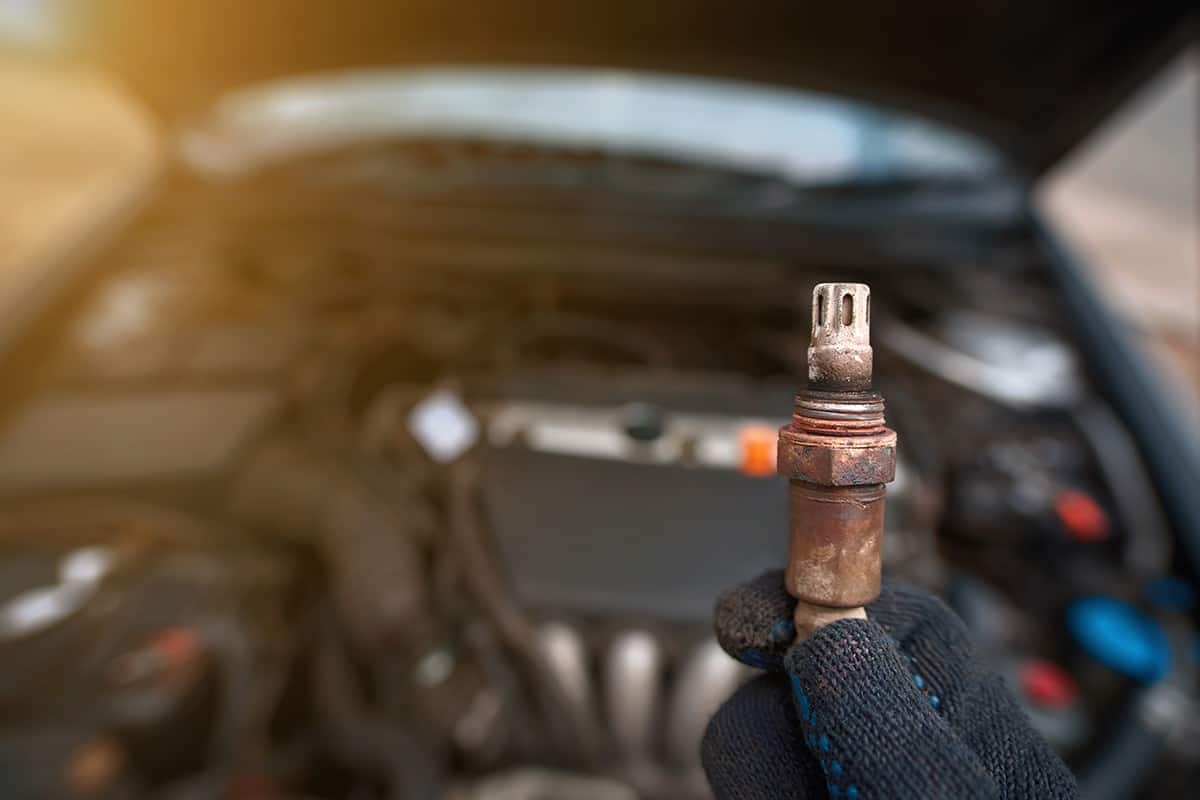
Yes, you can safely drive with a faulty O2 sensor but only for a certain amount of time or distance. If you do decide to still drive the car, expect the engine to misfire, idle roughly, and lose power. The car might stall while at a traffic stop.
Delaying too long can lead to more damage. Not replacing a faulty O2 sensor soon enough can lead to your catalytic converter getting clogged. A clogged catalytic converter needs to be replaced, and a new catalytic converter could cost you anywhere from $900 to $3500 or more.
How Does O2 Sensor Replacement Cost?
The price of a replacement O2 sensor and what your mechanic will charge you will determine the total cost. To get an idea, let's use the Honda Accord as an example. A genuine OEM upstream O2 sensor for the Accord costs $220.15.
Labor costs will vary from state to state, and even within the same state or even the same city, charges can vary, as mechanics bill based on skill level and experience. They can also bill based on a flat rate or an hourly rate. The average hourly rate for mechanic work is between $75 and $130 an hour.
Based on this, replacing just one O2 sensor could potentially cost $350.
Can You Do The Replacement Yourself?
It's possible to do the replacement yourself, especially if it's just the one upstream O2 sensor. If you're an amateur mechanic and are confident in your wrenching skills, you can give it a try.
As we mentioned earlier, your conventional wrench set won't work. However, you could rent or buy an O2 sensor wrench. You will still have to spend some money, though.
See this O2 Sensor Wrench Set on Amazon.
You would also need to buy an on-board diagnostic scan tool. You can purchase an inexpensive one. There are scanners out there that work with your iPhone or Android and plug into your car's OBD port, just like what your mechanic uses.
It will read and tell you why the Check Engine Light turned on and gave you the error code. You can use Google to find out what the error code means (type "OBD2 error codes" in the Google Search Box).
You will need your own scanner because, once you've done the repair, sometimes the check engine light will remain on. Having an OBD tool yourself will allow you to switch the light off through the tool. If it turns on again, that's another matter.
Check out this BlueDriver OBDII Scan Tool on Amazon.
 In Conclusion
In Conclusion
Replacing an oxygen sensor should not take a great deal of time. It should not take more than two hours at most, even if a vehicle has four O2 sensors. Having the right tools and skills is key.
Check out these posts if you want to learn more about replacement times for other systems:



